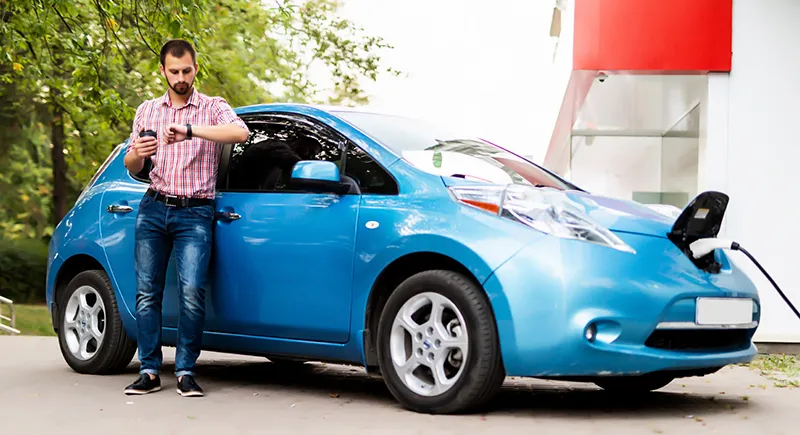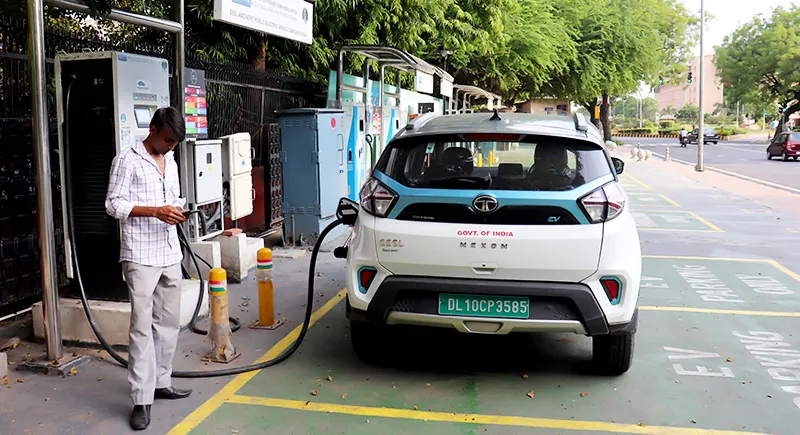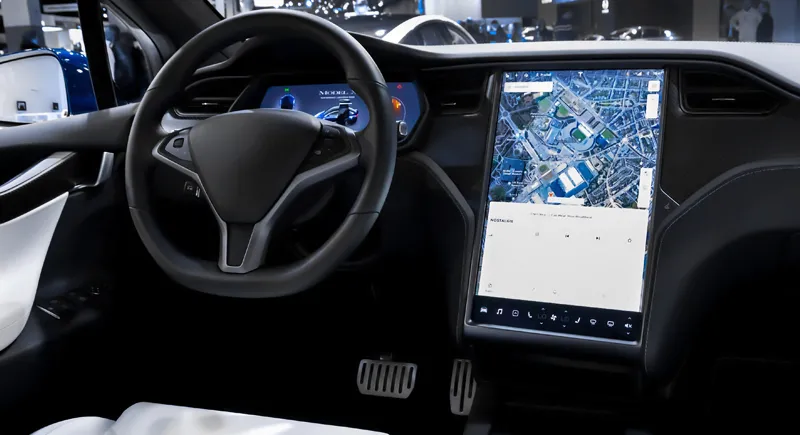Five things to know before buying an EV
Electric vehicles (EVs) are a tempting option to consider, especially with the exorbitant rise in fuel prices recently. But consumers must look at certain factors before zeroing on one.
Electric vehicles (EVs) are destined to be the future of mobility across the world. While the development of EVs can be traced back over a century ago, the impetus in demand for battery-powered vehicles has only risen recently.
India, along with several international markets, has witnessed the growth of a budding EV ecosystem that will be able to support a large volume of electric cars, two-wheelers, three-wheelers, commercial vehicles, etc. In recent months, the number of options in the EV segment has also seen a significant rise.
Recent developments have made it clear that there is substantial demand for EVs among the masses. However, that doesn’t necessarily translate to a purchase decision. At present, there is a large base of prospective EV buyers who want to switch to cleaner mobility. Here are some of the things one ought to know before considering owning an EV.
Operating range of EV
The biggest anxiety among consumers is the limited operational range of an EV’s battery. It is no big revelation that EVs run on batteries, providing energy for a specific distance, post which it needs to be recharged. Although battery technology has come leaps and bounds ahead with time, range anxiety around EVs remains.

EVs have a limited range on a single charge
One needs to know their primary purpose before purchasing an EV. Most modern EVs offer an operational range suitable for daily commutes. Some EVs even boast a single-charge range good enough for short touring and inter-city commutes. However, in most cases, one needs to plan well ahead before venturing out of the station.
Manufacturers usually offer the ARAI or IDC (ideal driving conditions) range for their respective models which is far from the range offered by vehicles in real-world conditions. While buying an EV, one should always look for the real-world range.
Charging infrastructure
In India, the biggest hurdle in the growth of the EV market is the lack of charging infrastructure which reduces options for recharging the battery in case it dries out. Buyers need to be mindful of the operational range of a vehicle that can cover a specific distance.
Charging options also vary depending on the vehicle segment. In the case of electric cars, batteries are fixed and stationary charging is the only option. On the other hand, some two-wheelers offer swappable/removable batteries and could be disengaged from the vehicle and recharged separately.

Tata Nexon EV being charged at a public station
While on paper, removable batteries sound more convenient, they have an added cost attached that makes them more expensive. Multiple options are available in different outputs as far as stationary charging are concerned including standard wall box AC charger, fast AC charger and DC fast charging.
DC fast charging units are primarily limited to public charging stations which have surged in India in recent times. However, their presence is still scarce, especially in Tier II cities and beyond. Therefore, prospective EV buyers need to be aware of the state of charging infrastructure in their locality, either in homes, offices or public stations.
Features
Indian consumers have a fascination with features in vehicles and modern EVs do offer plenty. However, most of them are usually present to enhance the product’s market value. Prospective buyers should analyse and see if the features offered in an EV’s equipment will actually come in handy in their daily usage.

Features in EVs
For instance, features like onboard navigation, reverse mode and drag/walk mode are very useful. Many premium EVs offer smartphone integration to users which reveals data regarding battery charging/swapping stations, etc., and can come in handy. However, voice-assist commands embedded in the OS and music player with speakers in two-wheelers are barely useful on everyday rides.
Maintenance costs and roadside assistance
Maintenance of any vehicle is crucial, more so in the case of EVs. Without proper maintenance, EVs may not perform efficiently. Usually, EVs are easier to maintain since they feature few mechanical components. However, in case of breakdown, repairs can be very expensive.
Further, EVs can’t be repaired in any roadside workshop since mechanics lack expertise in this segment and can only be treated in authorised service stations. Also, the spare parts are more expensive than their ICE counterparts due to scarce availability.

Maintenance of EVs can be expensive
Prospective buyers must also find out if the EV manufacturer offers any roadside assistance plan with the product, which will be a big relief if the vehicle breaks down in the middle of nowhere. With a limited public charging network, this becomes imperative in case the vehicle’s battery runs out of juice.
Price and subsidies
While EVs are environment-friendly, they are certainly not pocket-friendly as they cost way more than their ICE counterparts. This is because many expensive EV components are imported and adding other development costs, the final price of an EV shoots. Thankfully, to push sales of vehicles with cleaner emissions, the government offers subsidies to anyone opting for an EV.
Under the FAME II scheme, consumers can buy an EV at a subsidised price although the vehicle needs to meet certain criteria. For example, the vehicles need to have a certain degree of localisation. The batteries need to have at least three years of warranty. The EV should have regenerative braking feature and the vehicle needs to have a minimum top speed of 40 kmph.

High prices of EVs but subsidies offered
On top of the subsidies from the central government, many state governments also offer subsidies, transferred to the user’s linked bank account after they buy an EV. These benefits are applicable for a single vehicle per person. Prospective buyers should also look into the tax benefits associated with an EV purchase.
Edited by Suman Singh









